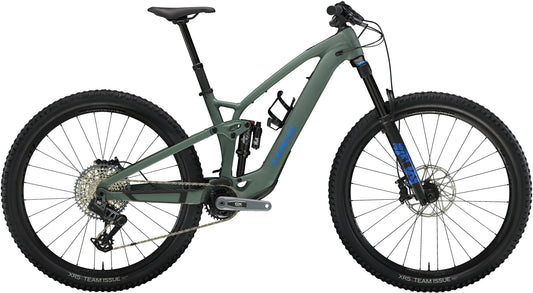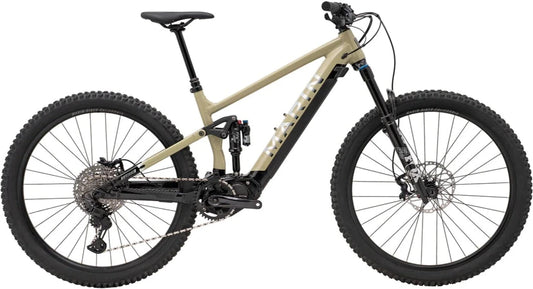Collection: Electric Bikes

-
 Group Buy ActiveSave up to 35%
Group Buy ActiveSave up to 35% -
 Group Buy ActiveSave up to 35%
Group Buy ActiveSave up to 35%
FREQUENTLY ASKED QUESTIONS
Electric Bikes
Is investing in an electric bike worthwhile?
Absolutely. Electric bikes offer the advantage of increased range, ease of riding, and versatility. They are excellent for commuters looking to reduce transit time without arriving sweaty, for those with physical limitations who still want to enjoy cycling, and for avid cyclists looking to extend their riding distance.
What price range should I consider for a reliable electric bike?
The cost of a good electric bike can vary widely, from around $1,000 for entry-level models to over $5,000 for high-end bikes. Factors that affect price include the quality of the motor, battery capacity, frame materials, and included tech features. It's important to balance your budget with your specific needs and the quality of components.
Can you outline the pros and cons of eBikes?
Pros include assistance up hills, reduced fatigue, and increased cycling frequency. They're also environmentally friendly compared to cars. However, eBikes can be more expensive than traditional bikes, heavier to transport without power assistance, and require charging and occasional battery replacements.
What is the typical speed and range of electric bikes?
Electric bikes typically have a top speed of 20 mph (32 km/h) when using the motor, depending on local regulations. On a full charge, most eBike batteries can last for 20-70 miles (32-112 km), influenced by factors like rider weight, terrain, level of assistance, and battery capacity.
Are electric bikes challenging to pedal?
Not at all. eBikes are designed to make pedaling easier. When the electric assist is off, you can pedal them just like a regular bike, although they may be heavier. With the motor on, you can customize the level of assistance to reduce the effort required.
What maintenance aspects should I be aware of with an eBike?
eBikes generally require the same maintenance as regular bikes, with some additional attention to the electrical components. Regularly charging the battery, updating firmware, and checking the electrical connections are all part of eBike maintenance. While they may incur higher costs if a major component like the motor or battery needs replacement, routine care often involves similar expenses to traditional bikes.
What should I do if my eBike's battery depletes mid-ride?
If your eBike runs out of battery, you can still pedal to your destination. However, the bike will be heavier and require more effort to pedal than a non-electric bike. It’s a good idea to plan your trips within your battery’s range and carry a charger for longer rides where you may have access to a power source.



